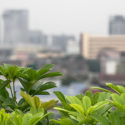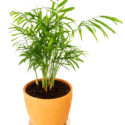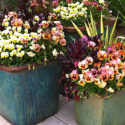In spite of all your efforts, your house plants keep dying one after the other… You have perhaps even thought about buying plastic plants! Before doing that, get yourself one of the indestructible plants presented in this text. Success is guaranteed, even if you do not have a green thumb!
Plants that require very little care
The house plants presented in this text are particularly resistant to bad treatments. You tend to forget about watering them? Well, those plants can go without water for a few weeks. You do not want to fertilize or repot your plants? Not a problem! Those plants can stay in the same container for several years without a drop of fertilizer. They can tolerate dry atmospheres and significant temperature differences; some can even deal with low light levels. In other words, those plants are perfect if you are a lousy horticulturist!
Tiger aloe (Aloes variegata)
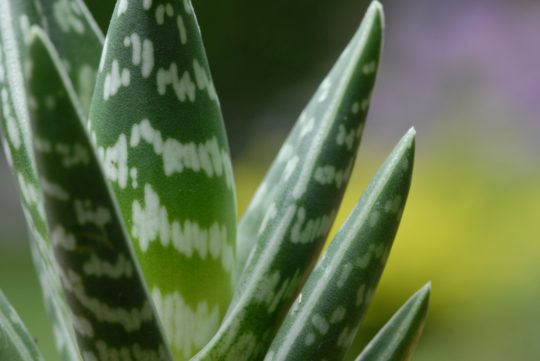
This beautiful aloe has thick, green leaves covered with greyish-white marks. Very sturdy, this house plant is particularly resistant to difficult conditions. It can go several weeks without water and resists significant temperature differences. Although it appreciates warm climates during most of the year, it prefers cool temperatures during winter. After having spent the winter under cool conditions, this aloe sometimes produces a few salmon-coloured blooms. Height: 25 cm Width: 25 cm Light: intense to moderate Temperature: 18 to 22° C, cooler in winter Watering: Only water when the first five centimetres of soil are dry; watering once a month is possible in winter.
‘Vittatum’ spider plant (Chlorophytum comosum ‘Vittatum’)
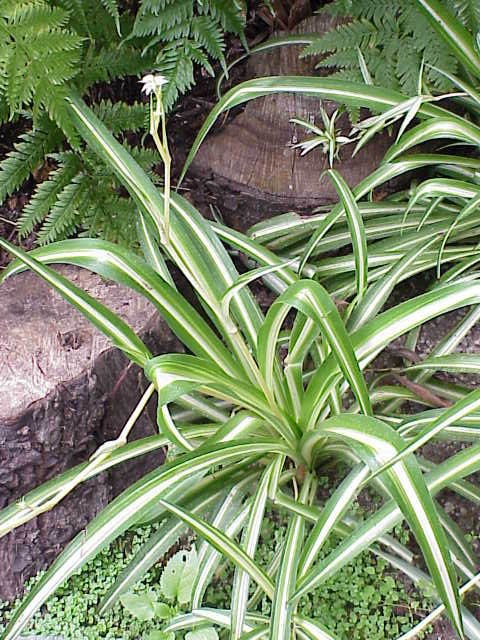
photo: Kurt Stueber The ‘Vittatum’ spider plant is most certainly the easiest house plant to grow. It has long, thin leaves with pale yellow marks. As its leaves are drooping, it is preferable to place it in a hanging container. It prefers bright light, especially in winter, but it can easily deal with lower light levels. However, during summer, it must not receive direct light. Otherwise, its leaves will turn brown. The ‘Vittatum’ spider plant must be watered on a regular basis, so its soil is always cool, but it will survive without water for over two weeks. Although it likes humid atmospheres better, it tolerates the warm and dry climates of our homes in winter. Height: 60 cm Width: 60 cm Light: intense to moderate Temperature: 10 to 21° C Water: Water as soon as the soil starts to dry, but it can dry out completely before it is watered again.
‘Laurentii’ mother-in-law’s tongue or snake plant (Sansevieria trifasciata ‘Laurentii’)
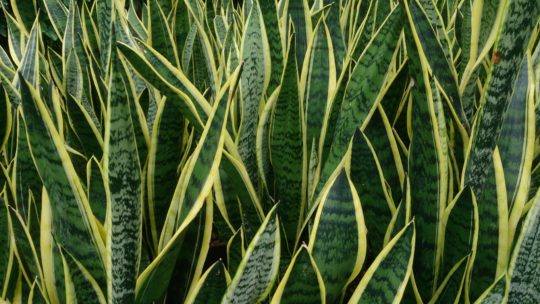
photo: Mokkie The ‘Laurentii’ bowstring hemp forms long, thick leaves that emerge directly from the soil. Its foliage is dark green with yellow edges. Very resistant, the bowstring hemp can remain in the same container for years without receiving a drop of fertilizer. It appreciates dry atmospheres and tolerates significant temperature differences. Water this plant only when the first centimetre of soil is dry, i.e. once every 10 to 15 days. Height: 1.20 m Width: 75 cm Light: intense to moderate Temperature: 10 to 21° C Watering: Let the soil’s surface dry out before watering.
Spathiphyllum or peace lily (Spathiphyllum wallisii)
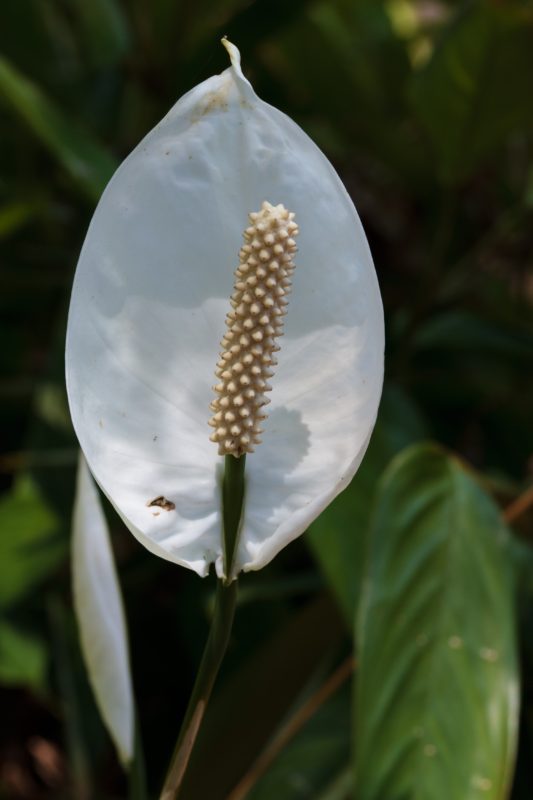 photo: PierreSelim The spathiphyllum, commonly called “peace lily”, is among the easiest house plants to grow. It can flower even when installed in a dark place such as a bathroom or basement. However, for a more abundant flowering, it should benefit from higher light levels. Water this plant only when the soil’s surface starts to dry. Avoid overwatering it. Height: 60 cm Width: 60 cm Light: medium to low Temperature: 18 to 22° C Watering: Water as soon as the soil starts to dry.
photo: PierreSelim The spathiphyllum, commonly called “peace lily”, is among the easiest house plants to grow. It can flower even when installed in a dark place such as a bathroom or basement. However, for a more abundant flowering, it should benefit from higher light levels. Water this plant only when the soil’s surface starts to dry. Avoid overwatering it. Height: 60 cm Width: 60 cm Light: medium to low Temperature: 18 to 22° C Watering: Water as soon as the soil starts to dry.
Wandering jew (Tradescantia zebrina)
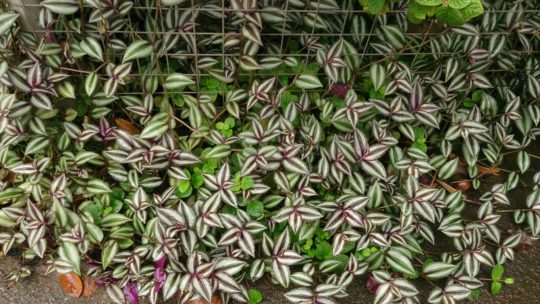
photo: Mokkie This drooping plant is at its best in a hanging container. Its foliage grows quickly and becomes very thick in little time, sometimes covering the container in which it is placed. Its leaves are particularly decorative: the top is green and grey, while the bottom is violet. Although it prefers sunny, warm and humid places, the Wandering jew easily adapts to various conditions. Water this plant only when the soil’s surface is dry, once every 7 to 10 days. Height: 90 cm Width: 45 cm Light: intense to moderate Temperature: 18 to 22° C Watering: Let the soil’s surface dry out before watering.
